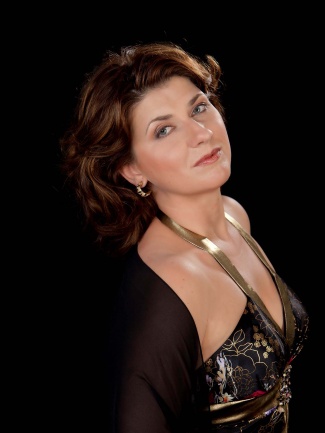Flor opens a transitional Dallas Symphony season with Wagner and Strauss
Claus Peter Flor conducted the Dallas Symphony Orchestra’s season-opening program Thursday night.
As the Dallas Symphony Orchestra begins its first season in a decade without Jaap van Zweden at the helm, audience members have an opportunity to see what this orchestra is truly made of.
With only one program conducted by music director designate Fabio Luisi in 2018-19, the podium will be filled by a series of guest conductors, beginning with Claus Peter Flor this weekend. The question is will this procession of guests result in effective music making, or will the orchestra falter without van Zweden’s close attention and micromanagement?
The question remains open after the qualified success of Thursday night’s season-opening concert.
Flor was the DSO’s principal guest conductor from 1999-2008, so he is a familiar presence to audience members of long standing. He led an ambitious program of Wagner and Strauss, beginning with Wagner’s Overture to Tannhäuser.
Flor coaxed effective sounds from all sections of the orchestra with gestures that were big without being flamboyant. Throughout most of the overture, ensemble held steady, even during sweeping accelerandos. Brass were stately and warm, cellos glowed, and co-concertmaster Nathan Olson’s solos were magical. Only at the end of the overture did the orchestra seem to lose its propulsion, making for an anticlimactic and somewhat ragtag finish.
Two works by Richard Strauss, his Four Last Songs, featuring soprano Aga Mikolaj, and the tone poem Tod und Verklärung (Death and Transfiguration), comprised the center of the program.

Aga Mikolaj
The songs were indeed composed in the last full year of Strauss’ life, 1948, when he was 84 years old. Three, “Frühling,” “September,” and “Beim Schlafengehen,” are settings of poems by Herman Hesse, while the final song, “Im Abendrot,” with its haunting final line “ist dies etwa der Tod?”—“Is this perhaps death?”—is a setting of a Joseph Eichendorff poem. Other than “Frühling” (“Spring”), which is a pastoral lullaby, the songs contemplate death, seeing it as inevitable and not entirely unwelcome.
Mikolaj’s warm, unusually dusky soprano is an ideal fit for Strauss’s solemn, tender, introspective songs. Not all orchestral entrances were precisely together, but otherwise this was a fine performance of some of the most poignant music in the repertoire. (Also, kudos to Flor for providing only the briefest of pauses between each of the songs, thereby giving restive audience members little opportunity for stray applause.)
The final song of the four, “Im Abendrot,” quotes Tod und Verklärung, providing a fine segue into the second half of the program. Composed almost 60 years before the “Four Last Songs,” Tod und Verklärungdepicts an artist who is dying, and whose final thoughts are of his life from childhood onward. This piece offers a sometimes stormy contrast to the placid, accepting mood of the “Four Last Songs.” Here too entrances were often lacking in cohesion and precision. Still, Flor and the DSO delivered a moving, powerful performance of this titan of tone poems, with lovingly shaped phrases, nuanced dynamic contrasts, and rich, golden tone, particularly in the strings.
After the final, heartbreaking chords of Tod und Verklärung subsided, Flor launched into the far more lighthearted Prelude to Richard Wagner’s Die Meistersinger von Nürnberg. The heroic jollity and famous tunes of the Prelude, with especially fine contributions from the orchestra’s brass section, were a fine way to end a thoughtful program.
The program will be repeated 2:30 p.m. Sunday. mydso.org; 214-849-4376.